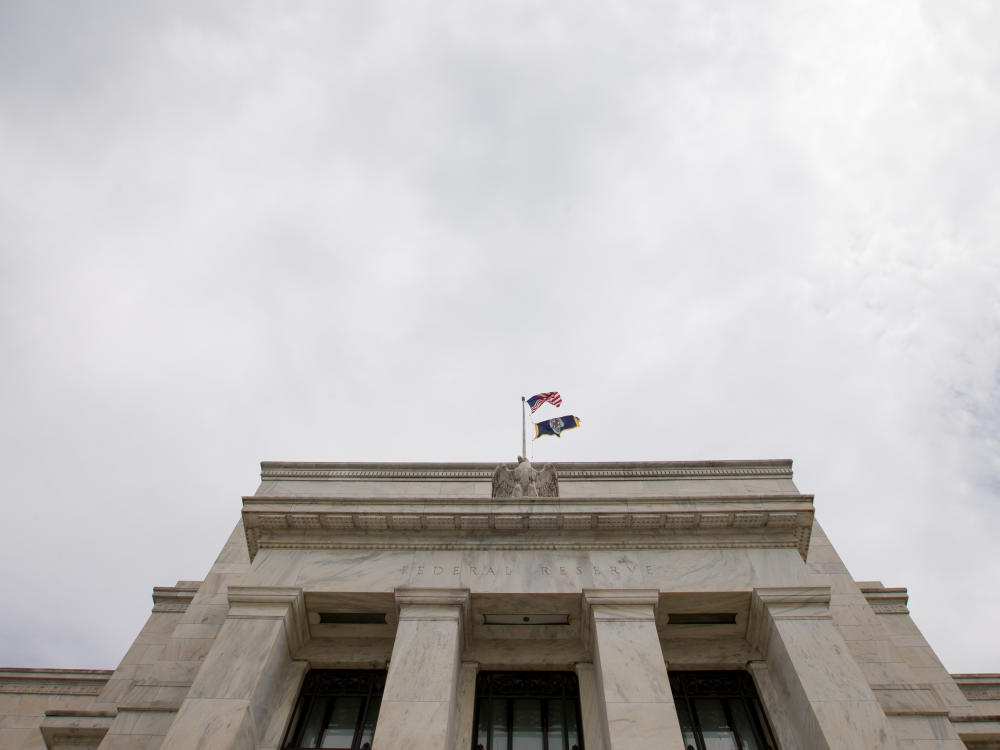A few months ago, Federal Reserve policymakers were all but promising they would raise interest rates before the end of this year. Now, as the U.S. economy shows signs of a slowdown, a hike in 2015 is looking a lot less likely.
As the Fed’s Open Market Committee begins a two-day meeting today, its members are having to grapple with some difficult questions: How much of a threat does the slowdown overseas present to the U.S. economy? Is the decline in job creation in August and September just an aberration? And can the economy withstand a rate hike?
Interest rates haven’t been raised in nine years and remain at historically low levels. With the U.S. economy’s long expansion, the case for a rate increase seemed, until recently, pretty strong.
But the downturn in parts of Asia, Latin America and Europe is bad news for U.S. exporters, and the U.S. job market is suddenly underperforming, at least compared with earlier this year.
Certainly, Fed officials themselves seem divided over what to do.
Richmond Federal Reserve President Jeffrey Lacker, who dissented from the Fed’s decision to keep rates low in September, told Fox Business earlier this month that he still favored a small rate hike:
“I think the risk is minimal. A 25-basis-point increase is small. We would still, after we did that, have tremendously accommodative policy in place by all reasonable standards, and to my mind that risk is immaterial. I think getting started is important.”
Other Fed officials are sounding a lot less sure that an increase makes sense, and with minimal inflation pressure, they see no need to rush into one.
Speaking at a conference in Peru a few weeks ago, Fed Vice Chairman Stanley Fischer said “considerable uncertainties” surround the economy:
“For example, we cannot be certain about the pace at which the headwinds still restraining the domestic economy will continue to fade. Moreover, net exports have served as a significant drag on growth over the past year and recent global economic and financial developments highlight the risk that a slowdown in foreign growth might restrain U.S. economic activity somewhat further.”
Federal Reserve board member Lael Brainard went even further this month, citing global economic troubles to argue against a rate hike:
“I view the risks to the economic outlook as tilted to the downside. The downside risks make a strong case for continuing to carefully nurture the U.S. recovery–and argue against prematurely taking away the support that has been so critical to its vitality.”
Brainard’s view has been echoed by Fed Governor Daniel Tarullo.
With so much uncertainty about where exactly the economy is headed, a rate hike is “highly unlikely,” says David Kelly, chief global strategist at J.P. Morgan Funds. He says not a lot has changed since the Fed decided to keep rates where they were in September:
“Neither the Chinese economy nor global commodity prices have shown signs of a rebound, but nor have they fallen further. Labor markets look even tighter than six weeks ago with very low unemployment claims and an unemployment rate that has drifted down further from 5.11 percent in August to 5.05 percent in September. However, the September jobs report showed slower payroll growth and little wage pressure while headline [inflation] is now flat year-over-year.”
9(MDA3MTA1NDEyMDEyOTkyNTU3NzQ2ZGYwZg004))
